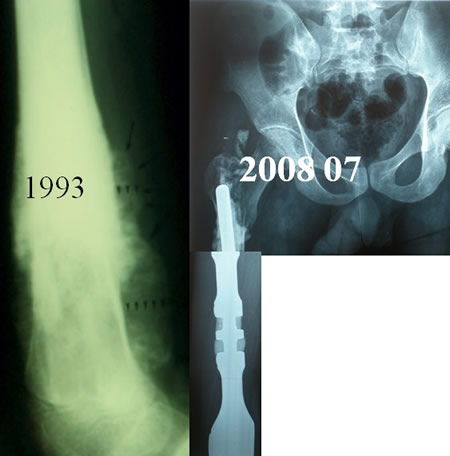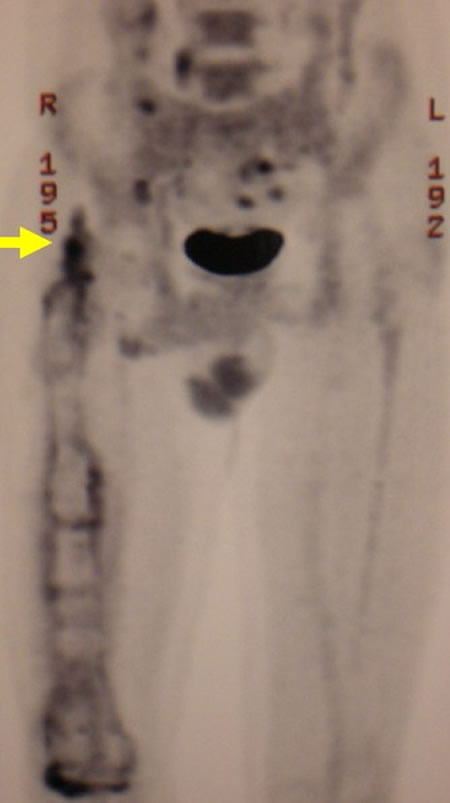Publié sur :
European Federation of National Associations of Orthopaedics and Traumatology - 2009
Voir la version PDF de cette publication :

Diagnostic accuracy of FDG PET imaging for the detection of recurrent or metastatic paediatric cancer
G. Delepine, F. Delepine, H. Cornille, S. Alkallaf,
Nicole Delepine
Diagnostic accuracy of FDG PET imaging for the detection of recurrent or metastatic paediatric cancer
Our purpose
Is to point out uncertain value of 18F fluorodeoxyglucose positron emission tomography (FDG PET) in pediatric tumors. Today PET scan became reference imaging in oncology, probably because of its great reliability in adult cancers. Nevertheless, evaluation of PET scan in pediatric cancers, as rare cancers, is not yet very large. We would like to point out the danger to consider PETSCAN as reference imaging in pediatric tumors leading to mistreat patients in relapse because a normal PET scan.
Patients and methods
From 2007 we performed coupled imaging in order to compare respective value of diffusion weighed magnetic resonance, bone scan, PET scan, (preliminary results already published EMSOS 2008 may, 11 patients ).
We examinated in the last two years 20 patients with pediatric cancers with PET scan among them 6 Ewing, 2 osteosarcomas.
First case
False negative PET scan in Ewing : a 15 y old girl "in complete remission" arrived with 3 PET scan performed each 3 months.
She suffered back pain but as PET scan was negative although positive CT, wait and see was preferred... till the time she presented medullar compression... In the first case too large trust in PET scan led to delay treatment of relapse.
A second patient
A 21 old year girl treated for Ewing from 2000 showed in June 2008 pulmonary metastases following a long story of relapses.
The PET scan did not see the bilateral pulmonary locations.
Case 3
Objectives the risk of considering PET scan as THE imaging :
We presented in a multidisciplinary team a patient treated for metastatic osteosarcoma 15 years ago.
A severe anemia led to the diagnosis of multiple polyposis with large bowel carcinoma.

His young age (29 y old) and good status pled for curative surgery in spite of past and extension of cancer.
Somecolleagues, on the "evidence of PET scan", refused curative treatment, proposing palliative care because of a "bone metastasis and lymphatic diffusion".

In fact bone "metastasis" was only sequellae of multiple surgery and lymphatic were histologically negative.
This patient was fast abandoned, simple discussion was able to change the decision and his life only because a doctor asked for a Pet scan and "classical" imaging were normal but forgotten.
Conclusion
Our purpose is not to deny interest of PET scan in pediatric cancer, but to point out imperative need to avoid to take each time the new imaging as the new Gold standard.
FDG-PET/CT may be useful and complementary to other imaging modalities for detection of recurrent pediatric sarcomas.
Its potential advantages and limitations compared with conventional imaging need to be further investigated in larger homogenous groups. Outside of these large studies, its could be avoided to decrease the psychological and money cost of to many examinations in these patients.


